Neither film shrinks from depicting the violence, crime and poverty that blighted New York during that decade. The films quickly established Cheung as a director of note in Hong Kong.
“An Autumn’s Tale delves into the director’s personal experiences and is made with genuine feeling,” wrote the Post’s Terry Boyce in 1987, in a review that echoed the thoughts of most critics.
How did a Hong Kong director come to make two critically acclaimed films in New York? Cheung, who was born in 1950, originally wanted to be a media reporter, and took a course in English and Psychology at Hong Kong University to improve her writing.
When a young Lisa Lu acted opposite James Stewart and Marlon Brando
When a young Lisa Lu acted opposite James Stewart and Marlon Brando
This was followed by a diploma course in drama and media at Bristol University in the UK – a choice influenced by a crush she had on British actor Peter O’Toole.
Cheung worked as a translator for a BBC World in Action episode about villagers in the New Territories while studying in the UK, and decided she wanted to make films. After a two-year stint at Hong Kong broadcaster TVB, she enrolled in a master’s degree in filmmaking at New York University.
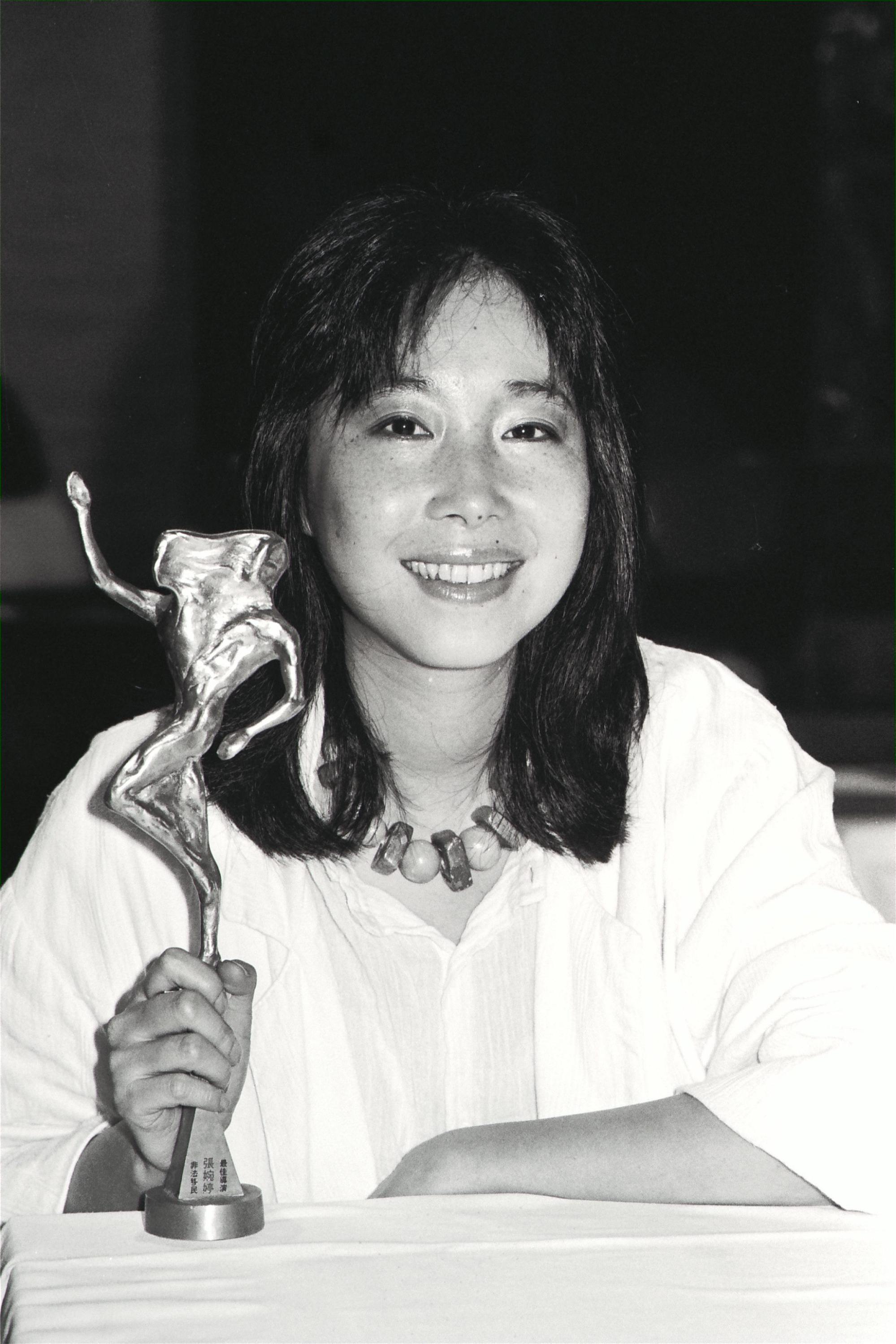
Cheung didn’t have much money when she arrived in New York to study, and talked her way into working behind the counter of a VHS video rental store in Chinatown to make ends meet.
The video store was used as a meeting place for the Flying Dragons gang, one of the two big gangs in Chinatown at the time. Cheung – who has said the gang members admired students, as they were trying to better themselves – got to know the gangsters well.
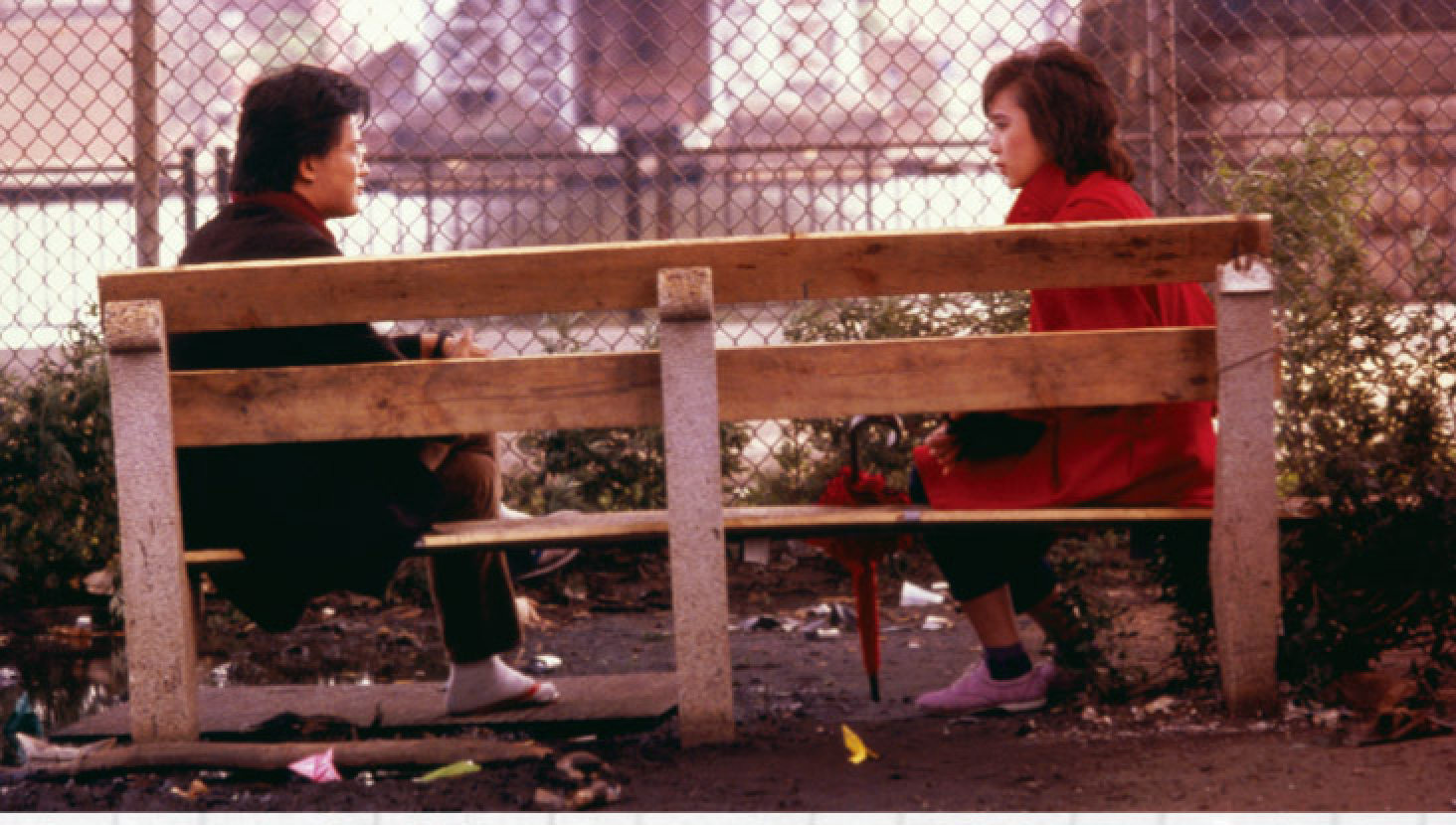
“I was excited by all the people that I met in the video store where the Flying Dragons gang used to hang out,” she said in an interview with the Asian American International Film Festival. “I got to know all their stories, and I thought I would write about them, as my thesis was coming up.”
“I used all my friends from Chinatown as actors in The Illegal Immigrant – I had gangsters playing themselves, and illegal immigrants acting. Everyone was from Chinatown except the male and female leads. It’s like a docudrama,” she said in The D&B Story, a history of the Hong Kong film production and distribution company of that name.
The Illegal Immigrant is not a typical gangland story but a film about immigration set amid a community that’s dominated by gangland violence. The main character (played by film school graduate Ching Yong-cho) is an illegal immigrant being tracked by US immigration officials.
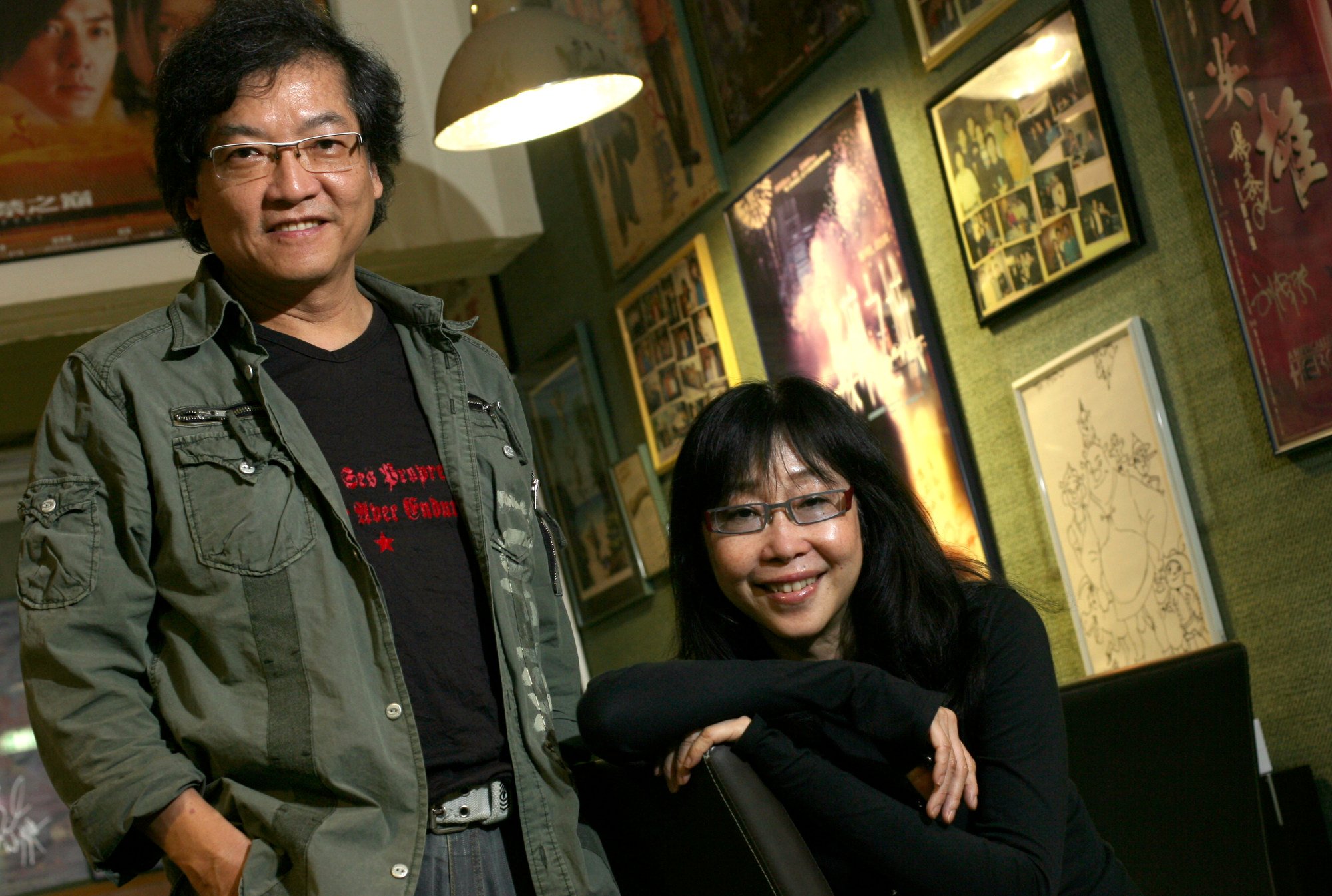
To throw them off the scent, he pays for a sham marriage with Cindy (Wu Fu-sheng), a US citizen. As the officials try to establish whether the two really are a couple, gang violence flares around the duo.
The Illegal Immigrant has much higher production values than most student films, because it received unofficial investment from Shaw Brothers. The Shaw’s legendary production chief, Mona Fong Yat-wah, had visited NYU, and told the students to contact her if they needed help.
Cheung, who has never lacked chutzpah, followed up on Fong’s offer. “When I needed funding for my thesis film, I sent my script to her, and asked her if she would be interested in investing in it,” she told the Post.
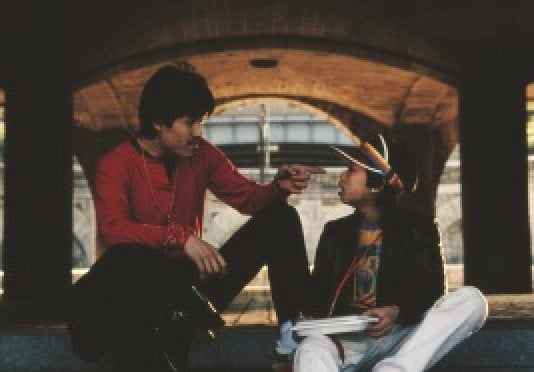
“She directly credited my account with HK$1 million. My classmates were very excited I got that money!” she said.
Fong liked the finished film and offered Cheung a five-year contract with Shaw. But the studio closed its production division in 1984, although it still released The Illegal Immigrant, which was a hit. Cheung then moved to the fledgling D&B Films to make An Autumn’s Tale.
Although it’s again set in New York, An Autumn’s Tale is a more conventional film than its predecessor. This time, Cheung and screenwriter Law depict a romance between two immigrants that never quite takes off.
“After we had finished the script, I thought that Chow was the only actor in the world who could play the romantic [character] Figurehead,” Cheung says in The D&B Story.
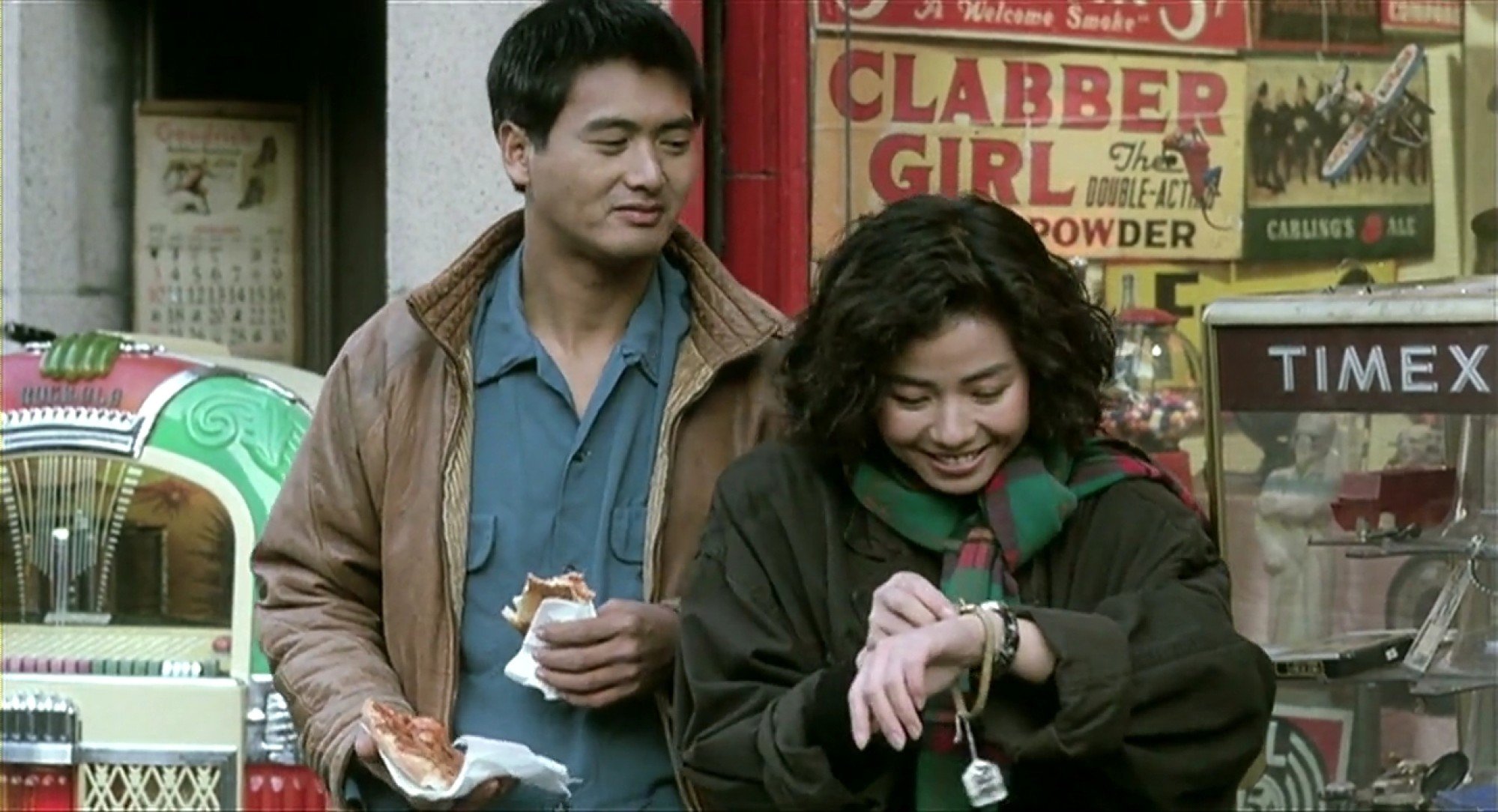
Chow plays the impoverished but likeable Figgy – short for “Figurehead” – who gets through life any which way he can. His life changes when he’s charged with looking after the well-brought up Jennifer (Chung), a new arrival from Hong Kong.
Although the two can’t stop fighting at first, romance slowly blossoms. But the time never seems to be right, and the love affair never launches. “When it comes to love, timing is everything,” Cheung said.
Again, it was a very personal film. “It’s not 100 per cent my story,” Cheung said, “as I didn’t have a Figurehead chasing me. But Jennifer’s experience is exactly mine at NYU. Penniless international students had to come up with new ways to survive.”
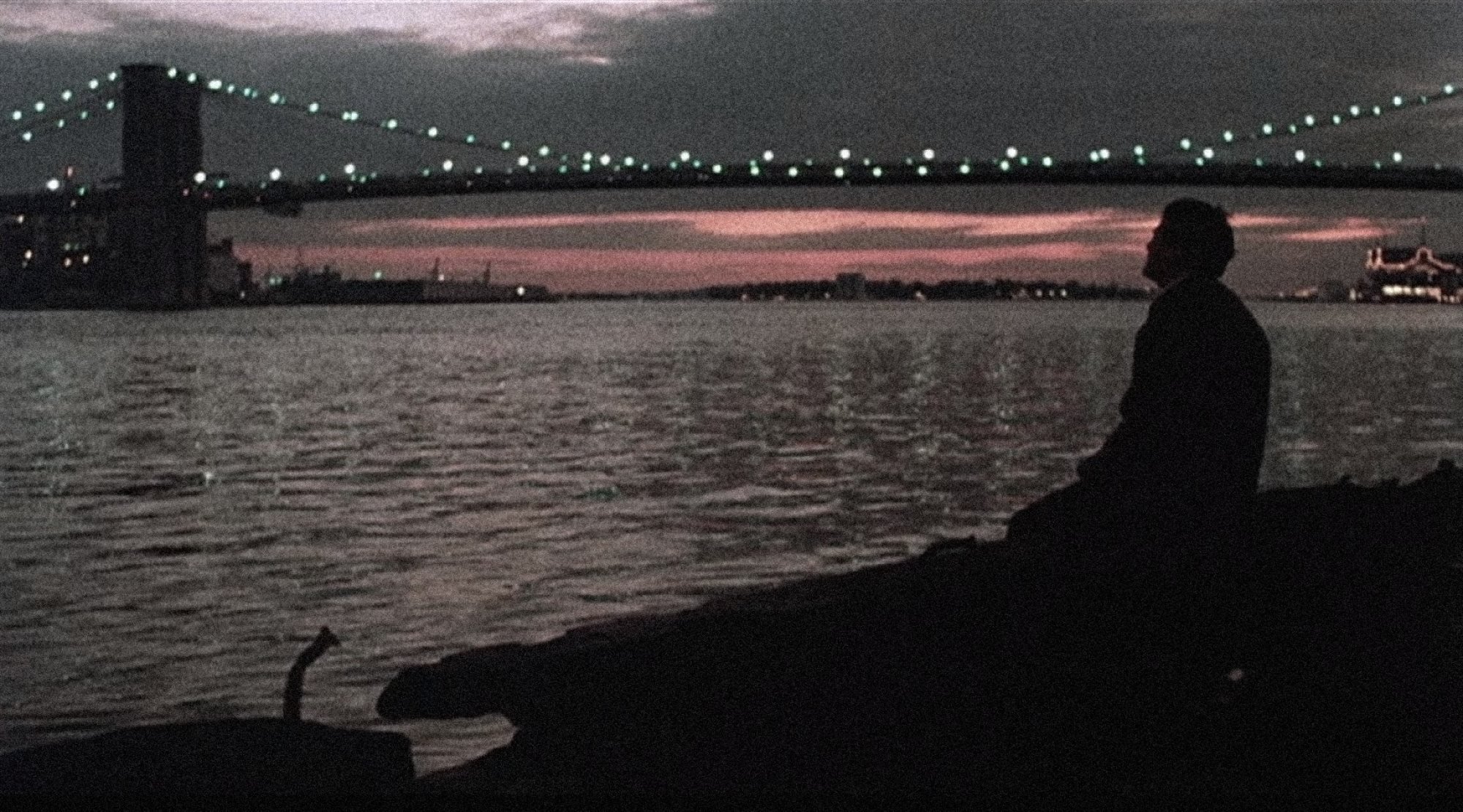
The scene in which Chow chases after Chung as she is driven away to a new life on Long Island is the most memorable. It features a much talked-about shot in which Chow seems to be running his heart out without getting anywhere.
The shot harks back to Cheung’s fascination with Lawrence of Arabia, and references the scene where Omar Sharif rides into view on a camel. “Ever since I had started at film school, I wanted to make a shot like that,” she said. “I was really excited when I finally got it.”
In this regular feature series on the best of Hong Kong cinema, we examine the legacy of classic films, re-evaluate the careers of its greatest stars, and revisit some of the lesser-known aspects of the beloved industry.
Stay connected with us on social media platform for instant update click here to join our Twitter, & Facebook
We are now on Telegram. Click here to join our channel (@TechiUpdate) and stay updated with the latest Technology headlines.
For all the latest Art-Culture News Click Here
